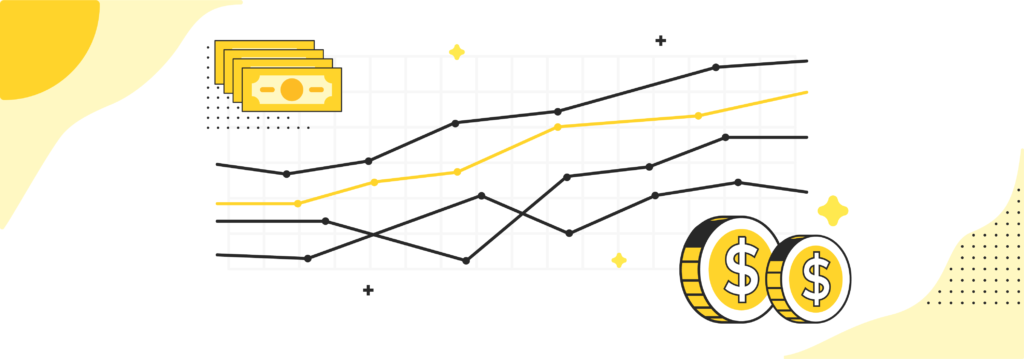Last week, Google told advertisers that, starting in early June, it will begin rolling out optimized pricing by default to improve publisher ad revenue. For publishers, we see this as a positive move by the tech giant: more automated signals to correct the disconnect between what buyers are willing to pay and what publishers receive for their ads is a good thing.
And, while the overall lift in yield is significant — we found up to 10% in our internal testing with Google’s open beta release — the pricing floors are only communicated to programmatic buyers through Google’s AdX and Open Bidding (OB). Meaning, the new floor disproportionately impacts alternative sources of revenue (eg, Prebid) since publishers using other channels do not have access to Google’s new floor data. Buyers using these channels cannot modify their bid accordingly, making their bids less competitive in the market. Not surprisingly, as a result we saw AdX’s share of wallet increase.
So while we applaud Google for taking steps towards capturing more value for publishers through this initiative, we believe everyone in the ad tech marketplace should have access to the same information, at the same time, regardless of demand channel in order for a fair and transparent ecosystem to thrive.
What is optimized pricing?
According to Google, optimized pricing will protect the value of publishers’ inventory by using machine learning to intelligently increase auction floor prices to more accurately reflect inventory value and prevent buyers from being able to purchase it for less than it’s worth. For publishers sending bids through AdX or OB, optimized pricing will be enabled by default, initially launching on a subset of web traffic, and gradually rolling out to more traffic over time.
But publishers also rely on alternative sources of demand, such as Prebid, which runs a separate auction and then sends the winning bids to compete within Google Ad Manager. The highest bid from Prebid still may lose the auction as it is competing with other sources of demand – from direct advertising or Amazon TAM, in addition to AdX and OB. So buyers need to know what the asking price is for an impression, otherwise they risk bidding too low and not winning. If AdX and OB auctions have the floor price information available to their buyers, but Prebid auctions do not, then buyers can’t amend their bids before the auction to give themselves the best chance of winning an impression.
A better way: demand-channel agnostic
Today, our Signal product captures a number of attention factors to determine the engaged value of a given user and a piece of inventory, predicting a pricing floor from the overall page value. We can then pass these same floors to all demand channels concurrently, ensuring all buyers have access to the same information. This levels the playing field for demand channels and ultimately drives the highest true yield for publishers.
In addition, we are currently working with publishers to develop an automated pricing tool that distributes floor prices to all buyers from Signal’s on-page tag. Results to date have generated yield increases across all demand channels. Importantly for publishers, the new pricing tool in Signal will be compatible with Google’s optimized pricing; there is no harm (and only upside) to a publisher using both in tandem, which we encourage.
(Interested in helping us test the tool? Email us at signal@sovrn.com to get involved.)
At Sovrn, our goal is to deliver technology products that help publishers understand, operate, and grow their business, to ensure they remain independent and thrive on the Open Web. With Signal, publishers can quantify user attention at scale, pass this information to advertisers — agnostic of demand channels and supply routes — and receive appropriate compensation for the engagement their content captures.
To explore the idea of audience attention in more detail and learn more how Signal helps publishers leverage engagement to maximize ad earnings, download our latest book, Capturing the Signals: How Reader Attention Can Drive More Revenue.

